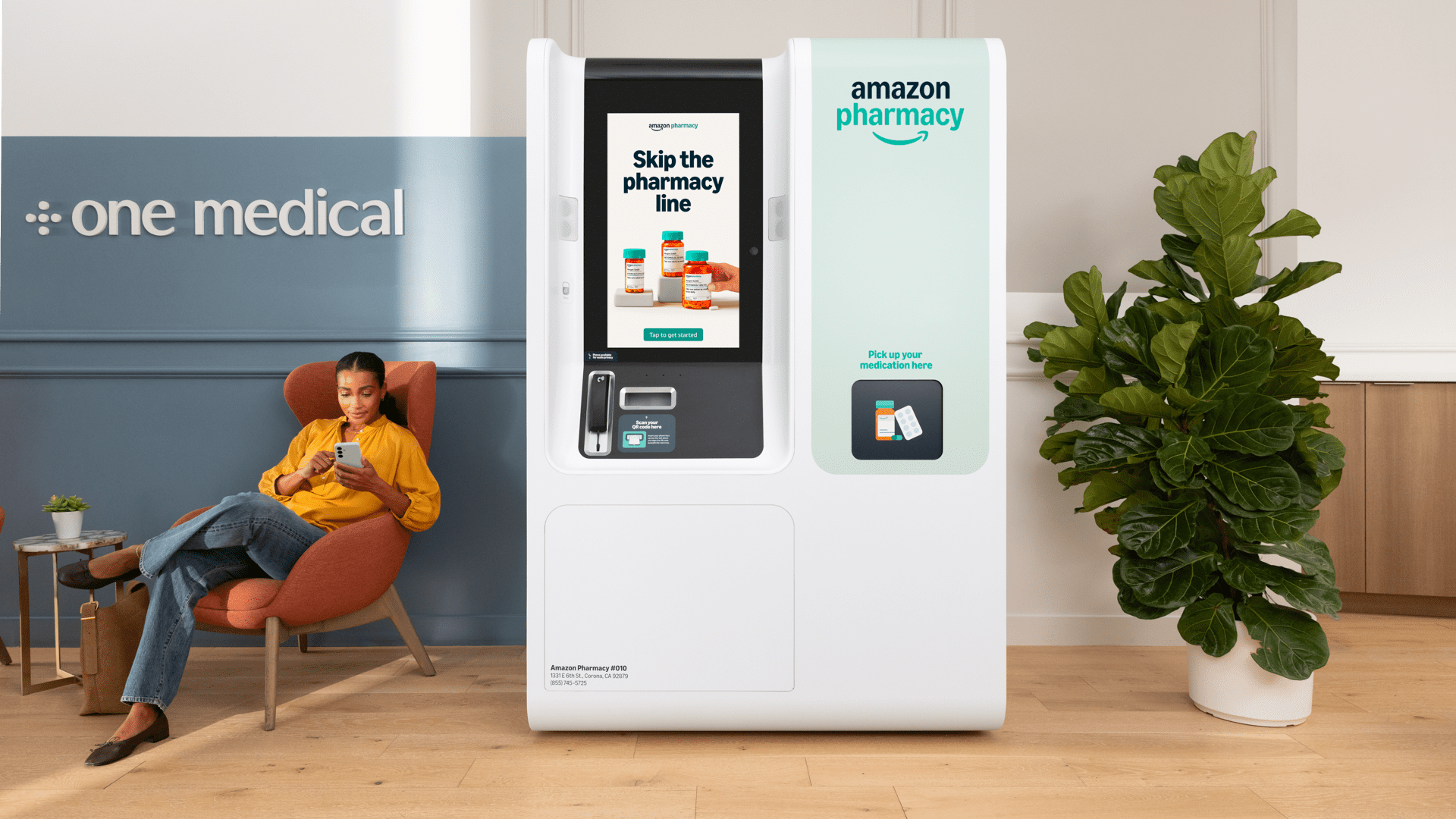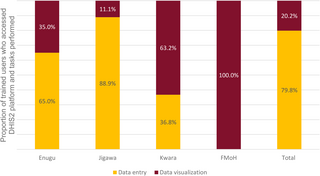Amazon is making waves in the healthcare arena with the introduction of prescription kiosks at select One Medical locations in Los Angeles. Announced on Wednesday, this initiative marks a significant step that could shake up traditional pharmacy operations across the region.
The newly launched kiosks, operated by Amazon Pharmacy, function similarly to vending machines by dispensing prescriptions within minutes of a patient’s visit to the doctor. Each kiosk is designed to hold a wide variety of medications, including antibiotics, inhalers, and blood pressure medications, with inventory customized based on the specific needs of each location.
Hannah McClellan, the vice president of operations for Amazon Pharmacy, emphasized the importance of convenience in healthcare. “We know that when patients have to make an extra trip to the pharmacy after seeing their doctor, many prescriptions never get filled. By bringing the pharmacy directly to the point of care, we’re removing a critical barrier and helping patients start their treatment when it matters most — right away.”
This development comes at a time when established pharmacy chains like Rite Aid, CVS, and Walgreens are grappling with declining profit margins in the prescription drug market. In recent years, these companies have faced heightened competition not only from each other but also from retail giants like Amazon and Walmart, which are capturing sales of more profitable products like snacks and household items.
Rite Aid recently closed its remaining stores, ending more than six decades of operations, while Walgreens and CVS have also scaled back their physical locations. Against this backdrop, Amazon is aggressively expanding its footprint in the healthcare industry, a sector worth trillions that is often described as difficult to navigate.
The company first dipped its toes into the pharmacy market in 2018 with the acquisition of the online pharmacy PillPack for approximately $750 million. This was followed by the launch of Amazon Pharmacy in 2020. In 2022, Amazon bolstered its healthcare offerings further with the purchase of One Medical for $3.9 billion, marking one of its largest acquisitions to date. Earlier this year, Amazon attempted to broaden its telehealth services but ultimately decided to close that division after encountering challenges.
As part of its ongoing efforts to innovate in healthcare, Amazon has reorganized its health businesses into six distinct units, aiming to accelerate progress in this complex sector after some exiting top-level executives.
The rollout of these kiosks will commence at One Medical clinics located in areas such as downtown Los Angeles, West LA, Beverly Hills, Long Beach, and West Hollywood. Amazon has indicated plans to expand kiosk availability to more One Medical offices and additional locations in the near future.
According to McClellan, the potential applications for this technology are vast. “Over time, we see real potential for this technology to extend to other environments — anywhere quick access to medication can make a difference,” she mentioned in an email.
To utilize a kiosk, patients must have their healthcare provider send a prescription to Amazon Pharmacy, where it undergoes verification by a licensed pharmacist. Patients complete the order through the Amazon app and then scan a QR code at the kiosk for medication dispensing. The process includes a final verification by a remote pharmacist, and patients have the option to consult with the pharmacist via video or phone through the kiosk interface.
Importantly, these kiosks are designed to complement the expertise of pharmacists rather than replace them. “This model keeps pharmacists at the center of the care experience while expanding how and where they can support patients,” McClellan stated.
Currently, the kiosks are limited to patients who receive in-person care at One Medical. However, individuals do not need to be One Medical members to access this new service. The launch of these kiosks marks a significant shift in how patients can obtain their medications, potentially setting a new standard in pharmacy services and patient care.






